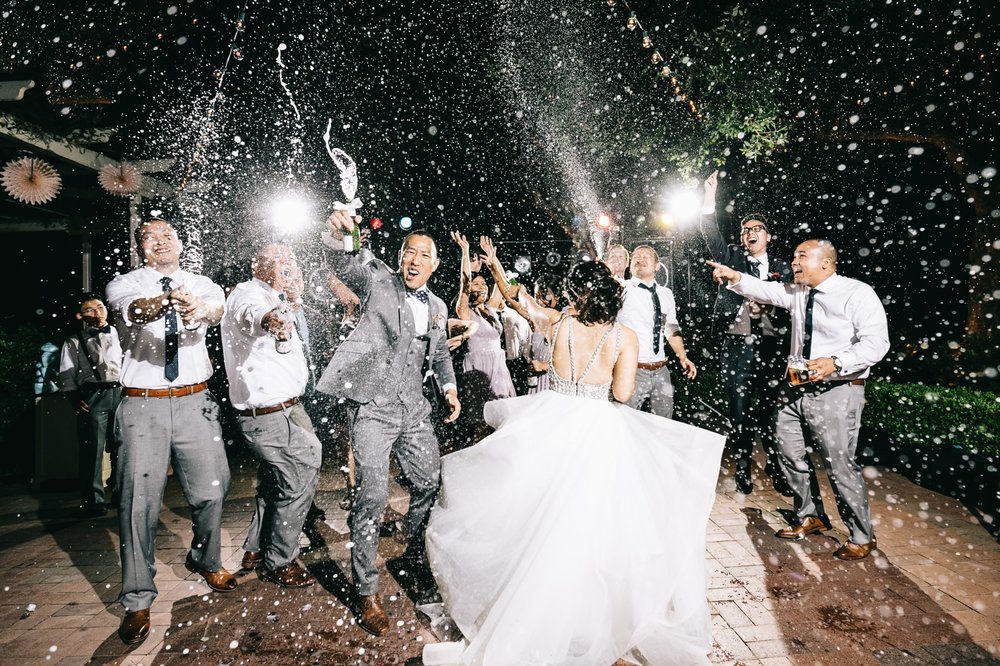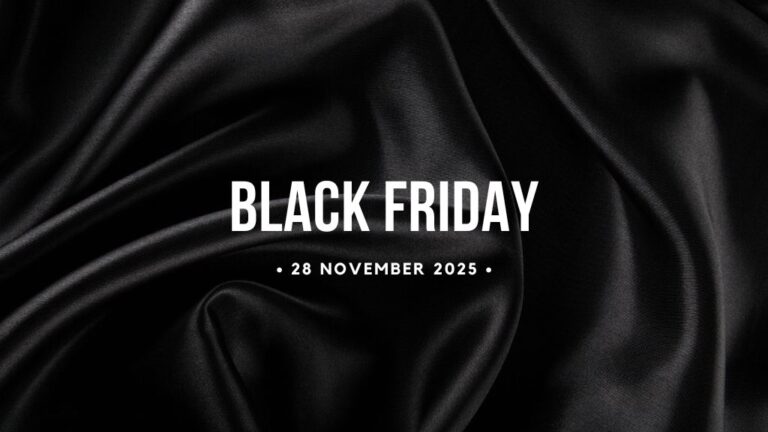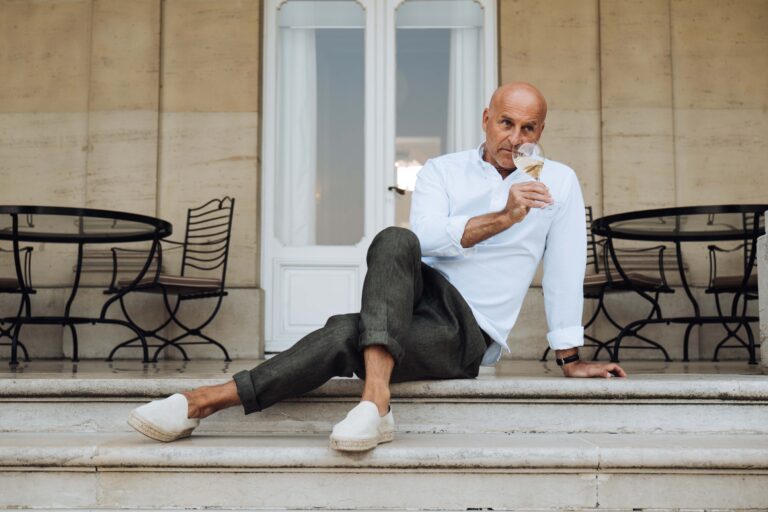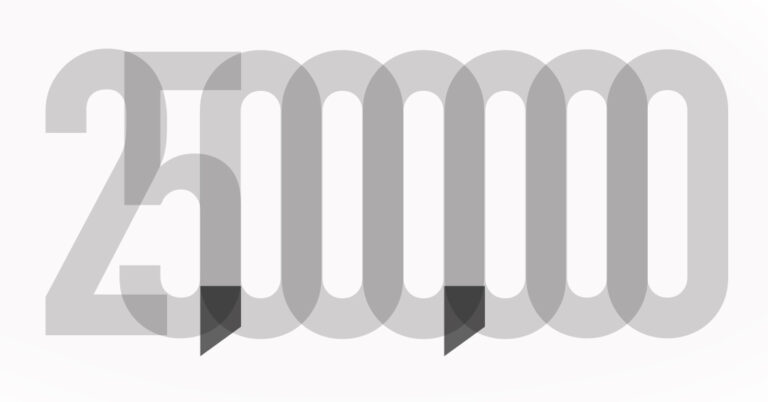Pop the Bubbly! Your wedding is one of the most unforgettable celebrations of your life—why not make sure your Champagne is just as memorable? [read the full champagne story]
Estimated reading time: 6 minutes

[photo credit – Leo – wedding photographer]
Whether you’re dreaming of a fairytale château soirée or a beachfront barefoot bash, Champagne adds sparkle to every “I do.” But with so many options — from Blanc de Blancs to Rosé, vintage to non-vintage—it can feel overwhelming.
Fret not, lovebirds! We’re about to pop the cork on everything you need to know to choose the perfect Champagne for your big day. So, grab a flute (for research, of course) and let’s dive in.
Why Champagne Matters at Weddings
Let’s face it—Champagne isn’t just a drink; it’s a vibe. It signals celebration, elegance, and joy. The pop of the cork is practically the sound of happiness. It’s there during your toast, in the clinking glasses, and on every smiling lip. It sets the tone and elevates the mood.
So if you’re going to splurge somewhere, this is one area where you’ll see your guests light up. But that doesn’t mean you need to blow your honeymoon fund—we’ll show you how to do it with both style and savvy.

The Champagne Basics (That Everyone Should Know)
Before we dive into pairing bubbles with peonies and playlists, here’s a super-quick Champagne 101:
• Champagne is sparkling wine, but not all sparkling wine is Champagne. True Champagne comes from the Champagne region in France, and it’s made under strict rules using specific grapes (Chardonnay, Pinot Noir, and Meunier).
• Brut is the most common style—it’s dry, not sweet.
• Blanc de Blancs is made only from Chardonnay. Light, elegant, and often a hit at summer weddings.
• Blanc de Noirs is made from red grapes (Pinot Noir/Meunier) but still white in color. Richer and fruitier.
• Rosé Champagne is romantic, festive, and flat-out beautiful in a glass.
• Vintage vs Non-Vintage: Non-vintage Champagne is blended from different years and is consistent in style. Vintage Champagne is made from a single year’s harvest and usually more complex—and pricier.
Step-by-Step: Choosing Your Wedding Champagne
1. Think About the Vibe of Your Wedding
Your Champagne should match the mood. Are you having an elegant black-tie affair? Or a boho garden party?
• Classic Ballroom Wedding: Go traditional with a big-name brut Champagne like Moët & Chandon Impérial or Veuve Clicquot.
• Rustic Outdoor Wedding: Try a small grower Champagne like Pierre Gimonnet or Laherte Frères—artisanal, charming, and conversation-starting.
• Beach Wedding: A Blanc de Blancs will keep things crisp and refreshing. Think Ruinart Blanc de Blancs or Legras & Haas.
• Romantic Garden Wedding: A delicate Rosé Champagne adds just the right amount of blush. Billecart-Salmon Rosé, anyone?
2. Match It to the Menu
You don’t need to pair every course with a new bottle, but it helps to consider what you’re serving:
• Canapés / Appetizers: Brut Champagne or Extra Brut for a refreshing start.
• Seafood or white meat mains: Blanc de Blancs or a light vintage.
• Rich dishes (duck, mushrooms, truffles): A mature Vintage or Blanc de Noirs.
• Wedding cake: A demi-sec (a slightly sweeter Champagne) like Moët Nectar Impérial, or a Rosé with ripe fruit character.
Pro tip: Champagne goes with way more than you think. Fried chicken, sushi, and even pizza? Champagne pairs like a dream.
3. Set a Realistic Budget
Don’t worry—you can serve Champagne without draining your entire flower budget. Here’s a rule of thumb:
• Reception Toast Only: 1 bottle per 8 guests (you’ll pour half-glasses).
• Champagne All Night: Plan for ½ to 1 bottle per guest.
Budget Tips:
• Serve a high-end Champagne for the toast and a quality sparkling wine (like Crémant or Cava) for the rest.
• Choose a lesser-known Champagne house or grower-producer—amazing quality at better prices.
• Buy in bulk from a wine merchant for discounts—and always ask about wedding packages.

Fun Ideas to Make Champagne Shine at Your Wedding
Champagne Tower
Dramatic. Iconic. Instagrammable. A Champagne tower brings the Gatsby-level glam and makes a great focal point.
Custom Champagne Bar
Let guests DIY their bubbly with mixers (like elderflower, raspberry purée, or Aperol), fruit garnishes, and edible flowers.
Personalized Labels
Put your names and wedding date on the bottle labels—instant keepsakes!
Magnum It Up
A magnum (1.5 liters) is not only more economical—it makes a statement! Plus, wine ages better in larger formats. Pouring from a magnum = major photo op.
Top Champagne Picks for Your Wedding (For Every Budget)
Here’s a cheat sheet to take to your wine shop or sommelier:
Under $40 (great for toasts or large groups):
• Champagne Pierre Gimonnet “Cuis 1er Cru”
• Champagne Paul Laurent Brut
• Nicolas Feuillatte Brut Réserve
$40–$80 (mid-tier magic):
• Billecart-Salmon Brut Réserve
• Piper-Heidsieck Essentiel Cuvée Brut
• Henriot Blanc de Blancs
$80 and up (splurge-worthy):
• Bollinger Special Cuvée
• Pol Roger Brut Vintage
• Dom Pérignon (for the show-stopper toast)

Don’t Forget These Sparkling Details
• Glassware matters: Use tulip or white wine glasses for better aroma (skip the narrow flutes).
• Serve chilled but not frozen: 45°F/7°C is the sweet spot.
• Have a designated Champagne server: It ensures pours are elegant, not splashy.
Final Bubbles of Advice
At the end of the day, your Champagne should feel like you. It doesn’t have to be expensive, just delicious and thoughtful. Trust your taste buds, do a fun tasting (you need one more excuse for a date night, right?), and go with what you love.
Whether it’s a toast to forever or a bubbly-filled dance floor, Champagne is there to catch the sparkle in your eyes and the joy in the room.
So go ahead—pop the cork, pour the love, and let the bubbles do the talking.
Cheers to your happily ever after!






